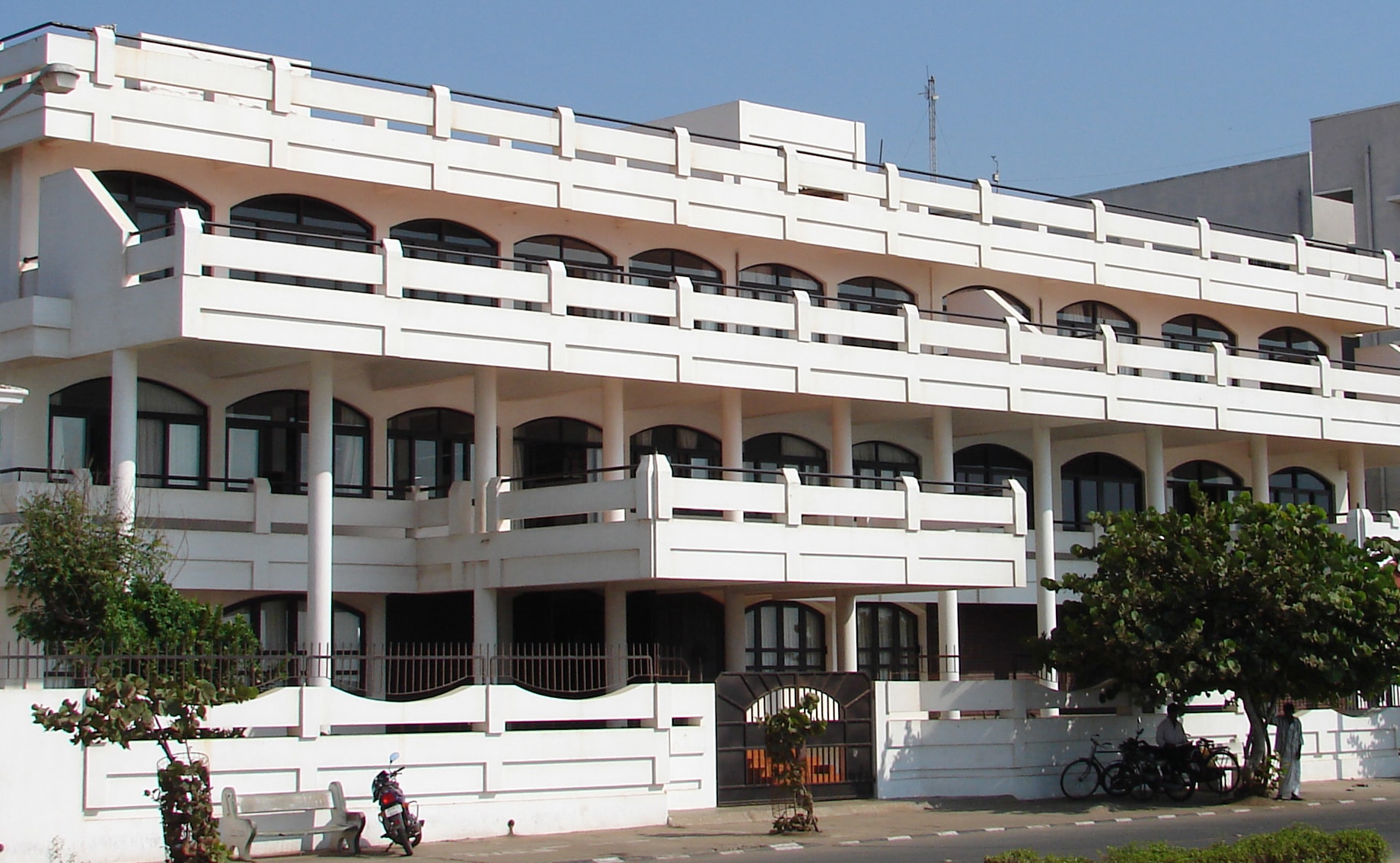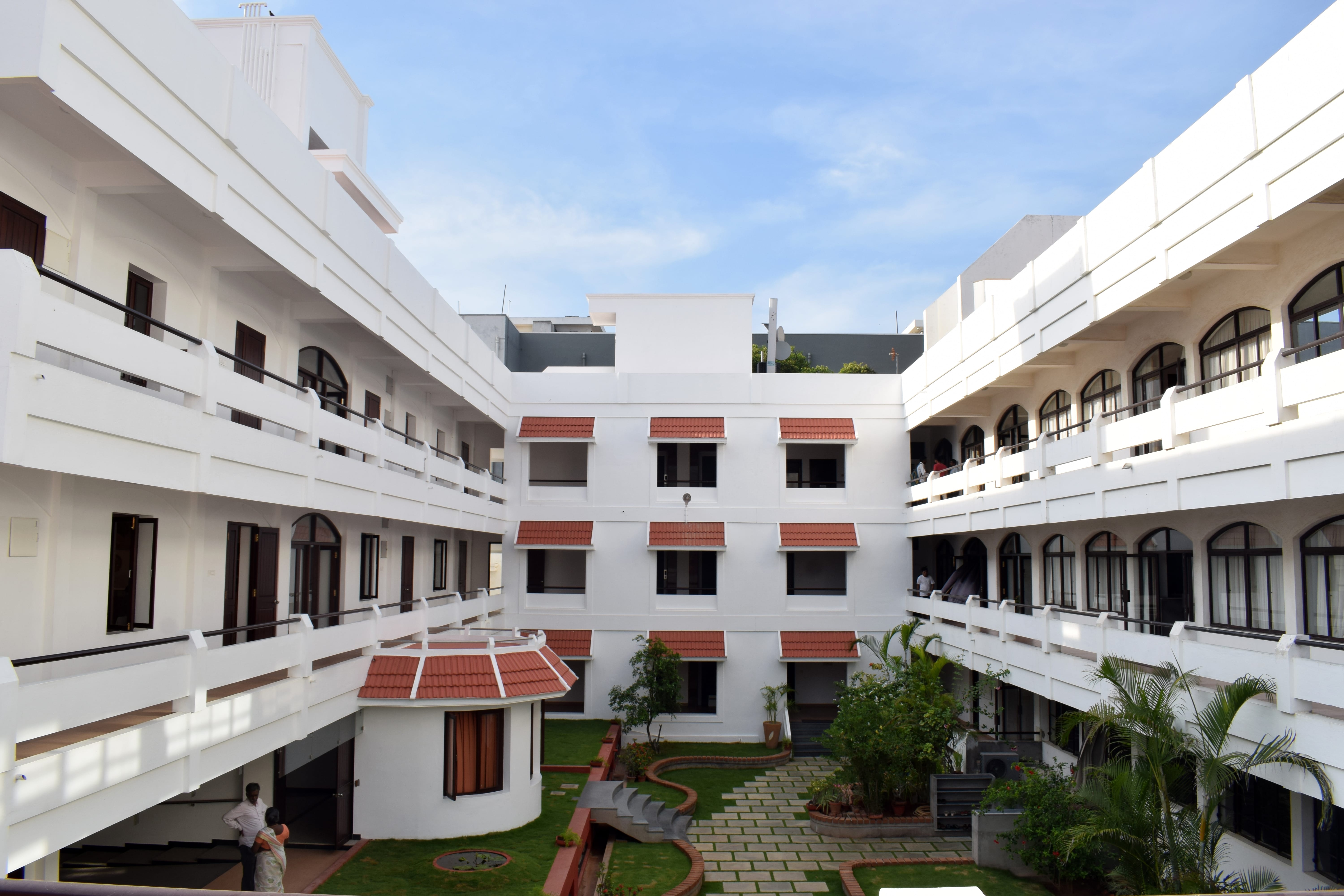Sri Aurobindo Society
Sri Aurobindo Society was started by The Mother in 1960. She was not only the founder and the Executive President, she remains its guiding force. From a very small beginning, over the years, the Society has grown into an international organization working in diverse fields of life.
In 1972, the Centenary Year of Sri Aurobindo’s birth, the Mother said in a message:
“Sri Aurobindo belongs to the future; he is the messenger of the future. He still shows us the way to follow in order to hasten the realisation of a glorious future fashioned by the Divine will.
All those who want to collaborate for the progress of humanity and for India’s luminous destiny must unite in a clairvoyant aspiration and in an illumined work.”
This message beautifully describes in a nutshell, the purpose and work of the Society.
The Mother herself laid the foundation of the Society, a strong base on which it could grow and spread like a Banyan tree. The Constitution and Memorandum of Association, bears her signature as the President, dated 19 September 1960.
It was the Mother who named the organization Sri Aurobindo Society, after Sri Aurobindo. She created its symbol, taking the existing symbol of Sri Aurobindo and enclosing it in a diamond. She gave it the motto:
“To know is good, to live is better, to be, that is perfect”
To carry out her work, the Mother chose Navajata. His name appears in various documents both as Keshav Dev Poddar and Navajata (the name given to him by the Mother, meaning the 'New Born'). He was the Society’s first General Secretary and Treasurer. After the Mother left her body in 1973, he became its first Chairman.
Along with the Mother and Navajata, the third member of the first Executive Committee of the Society was Arunendranath Tagore of Kolkata, an advocate and notary public.
The work expanded and grew in many fields and directions, as a wide spectrum of life’s activities were included in the Mother’s agenda of social transformation. She emphasized that the sincerity, the inner attitude and the consciousness with which a work is done are of primary importance, the results and outer form of the activity are secondary and derive their value from the inner. This was a recurring theme in all her directions, which runs like a continuous thread through every action.

